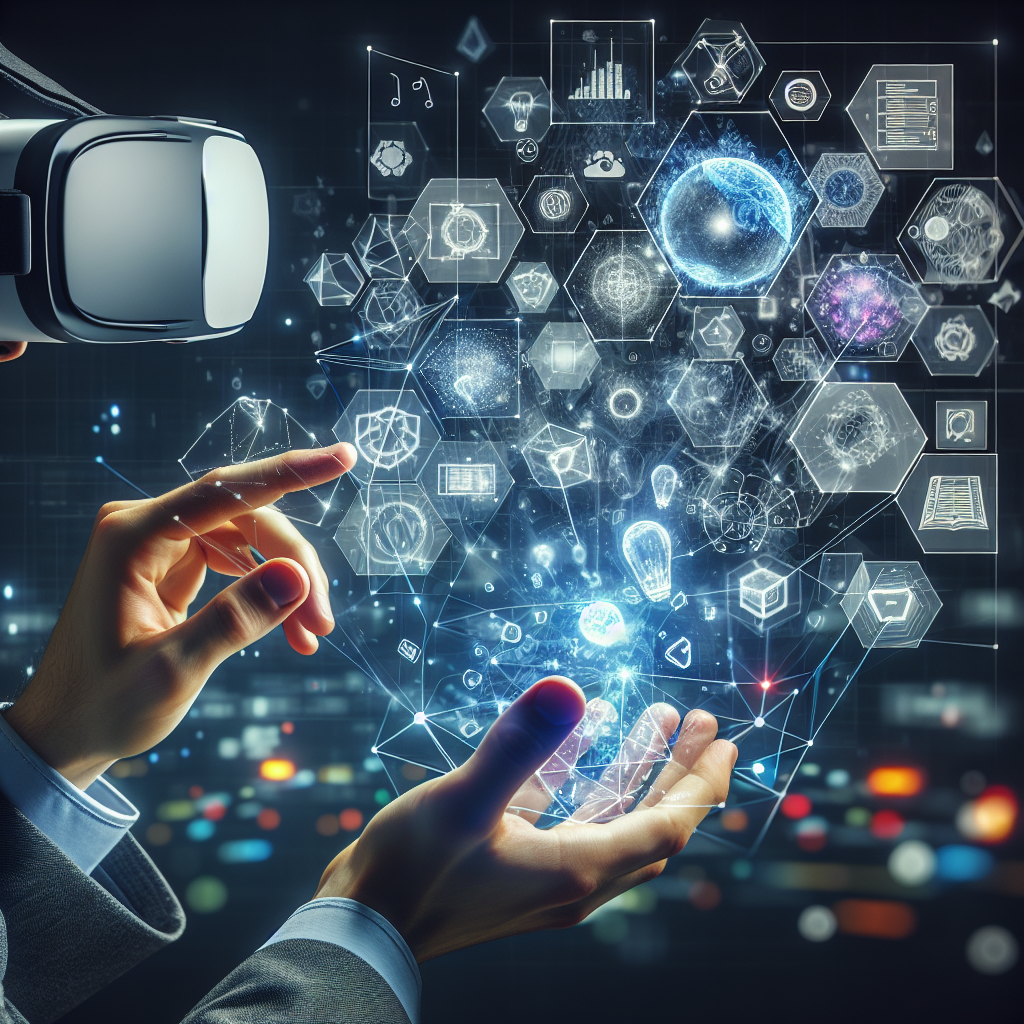The Impact of Virtual Reality on Interface Design
Virtual reality (VR) technology has been making waves in various industries, from gaming to healthcare. One area where VR has had a significant impact is interface design. The way we interact with technology is constantly evolving, and VR is pushing the boundaries of what is possible.
One of the key ways in which VR is changing interface design is by creating more immersive and intuitive experiences for users. Traditional interfaces, such as screens and keyboards, are being replaced by VR headsets and controllers that allow users to interact with technology in a more natural and intuitive way. This shift towards more immersive interfaces is particularly beneficial for applications such as gaming and training simulations, where users need to feel fully immersed in the virtual environment.
Another impact of VR on interface design is the focus on user experience. In traditional interface design, the focus is often on creating visually appealing designs that are easy to navigate. With VR, designers need to consider not only the visual aspects of the interface but also how users will physically interact with the technology. This means designing interfaces that are not only visually appealing but also easy to use and navigate in a 3D space.
Additionally, VR is changing the way designers think about information architecture. In traditional interface design, information is often presented in a linear format, with users navigating through menus and screens to find what they are looking for. In VR, information can be presented in a more spatial way, with users able to move through a virtual environment to access different pieces of information. This allows for more dynamic and interactive interfaces that engage users in a new way.
Overall, the impact of VR on interface design is significant. It is pushing designers to think beyond traditional interfaces and create more immersive, intuitive, and engaging experiences for users. As VR technology continues to evolve, we can expect to see even more innovative interface designs that push the boundaries of what is possible.


